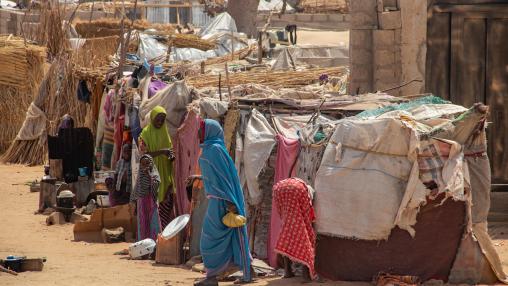
Food Crisis in Sudan: New Report Provides Policy Recommendations for Recovery
Since the outbreak of conflict in April 2023, Sudan has seen deteriorating food security and economic activity, disrupted markets and agrifood systems, and a steadily building humanitarian crisis. According to a new policy note from IFPRI’s Sudan Strategy Support Program, if steps are not taken to protect livelihoods and food security, 4 million people could fall into poverty and an additional 2 million could face food insecurity and malnourishment by 2028.
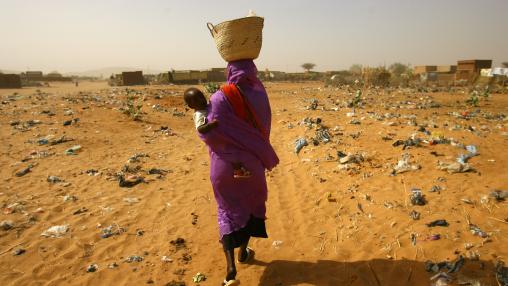
Sudan Faces Risk of Widespread Famine, Says New IPC and FEWS Net Alerts
As conflict worsens in Sudan, the country is facing unprecedented levels of acute food insecurity and malnutrition, according to a new alerts from both Integrated Food Security Phase Classification (IPC) and FEWS Net.
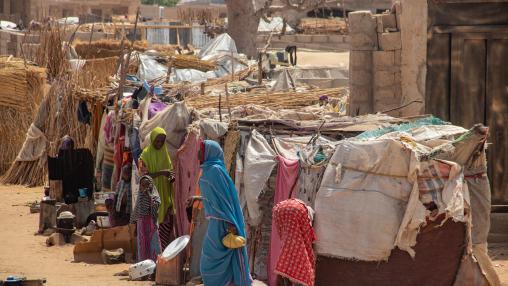
Conference: Navigating Sudan’s conflict – research insights and policy implications
Since the onset of civil war in April 2023, millions of people in Sudan have suffered from loss of livelihoods, destruction of infrastructure, and disruption of essential services. With the war still underway, Sudan is facing the world's largest displacement crisis—with 6.5 million displaced people internally and another 1.7 million driven into neighboring countries—and a surge in acute food insecurity, soaring poverty levels, and extensive losses in income, employment, and productive assets.
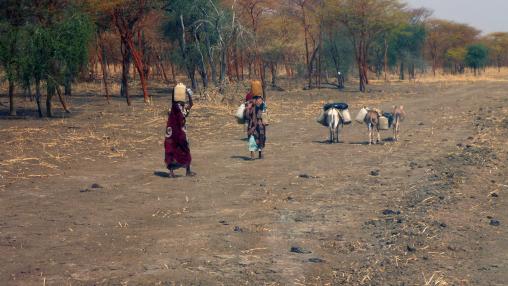
Expanding conflict brings new food security challenges for Sudan
Conflict continues to drive acute food insecurity and food assistance needs in Sudan, according to a recent FEWS Net alert.
Fighting in the country has expanded into Sudan’s southeast region, a major agricultural production and food storage area. The region typically accounts for more than 50 percent of Sudan’s annual domestic cereal production. Conflict-led disruptions to both agricultural production and trade, including destruction of infrastructure, pose a substantial threat to food availability throughout the country, reports FEWS Net.
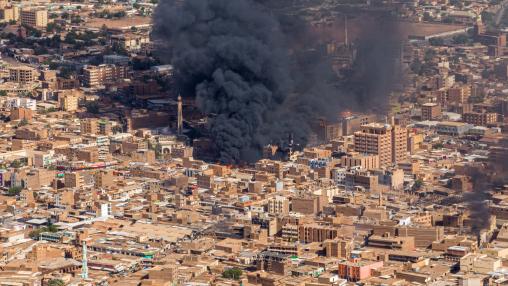
Conflict Driving Acute Hunger in Sudan, Burkina Faso
As noted in the Global Report on Food Crisis Mid-Year Update, conflict remains one of the major causes of food crises worldwide. Two recent alerts from FEWS Net echo this finding in both East and West Africa, where conflict is driving acute levels of food insecurity and hunger in both Sudan and Burkina Faso.
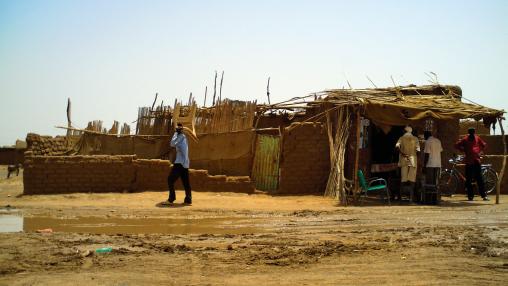
Model: Sudan’s ongoing conflict could reduce economic output by half and push 1.8 million into poverty
The outbreak of war in Sudan on April 15 between the Sudanese Armed Forces (SAF) and the paramilitary Rapid Support Forces (RSF) caused major disruptions in economic activities in the capital Khartoum and other areas of the country. More than six months later, the conflict continues, and its impacts on Sudan’s economy and on livelihoods are intensifying. Those disruptions, which have also limited access to health facilities and other public goods, are creating an unfolding humanitarian emergency.
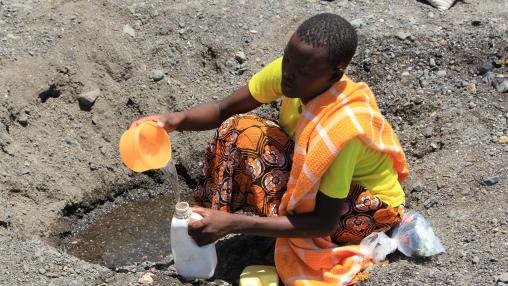
Horn of Africa Continues to Face Acute Food Insecurity, Malnutrition, and Hunger
The Horn of Africa continues to face severe food insecurity, reduced livelihoods, and hunger-related deaths as a result of several years of drought and failed harvests, according to FEWS Net. The hardest hit regions include Somalia, Sudan, the arid and semi-arid regions of Kenya, and southern and southeastern Ethiopia. The situation has been further exacerbated in Sudan and Ethiopia by ongoing conflict.
IPC Sudan Alert - May 2021
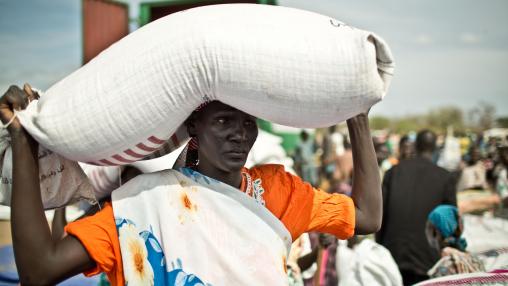
Food Insecurity Continues in East Africa Due to Weather, Conflict
Ethiopia continues to face increased food insecurity, despite heavy rains in April that have improved prospects for the 2016 Belg harvest, according to the latest regional alert from FEWS Net.
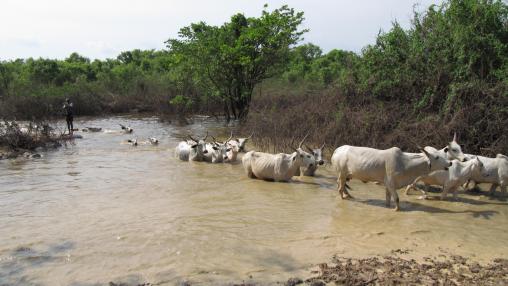
El Niño to Bring Floods, Drought
Farmers and pastoralists throughout Africa could soon be confronting a dual threat, thanks to this year’s potentially record-breaking El Niño phenomenon. The weather system has the potential to cause both severe drought and significant flooding throughout the continent, leading to reduced or damaged crops, income losses, and increased food insecurity for many of the region’s poorest populations.